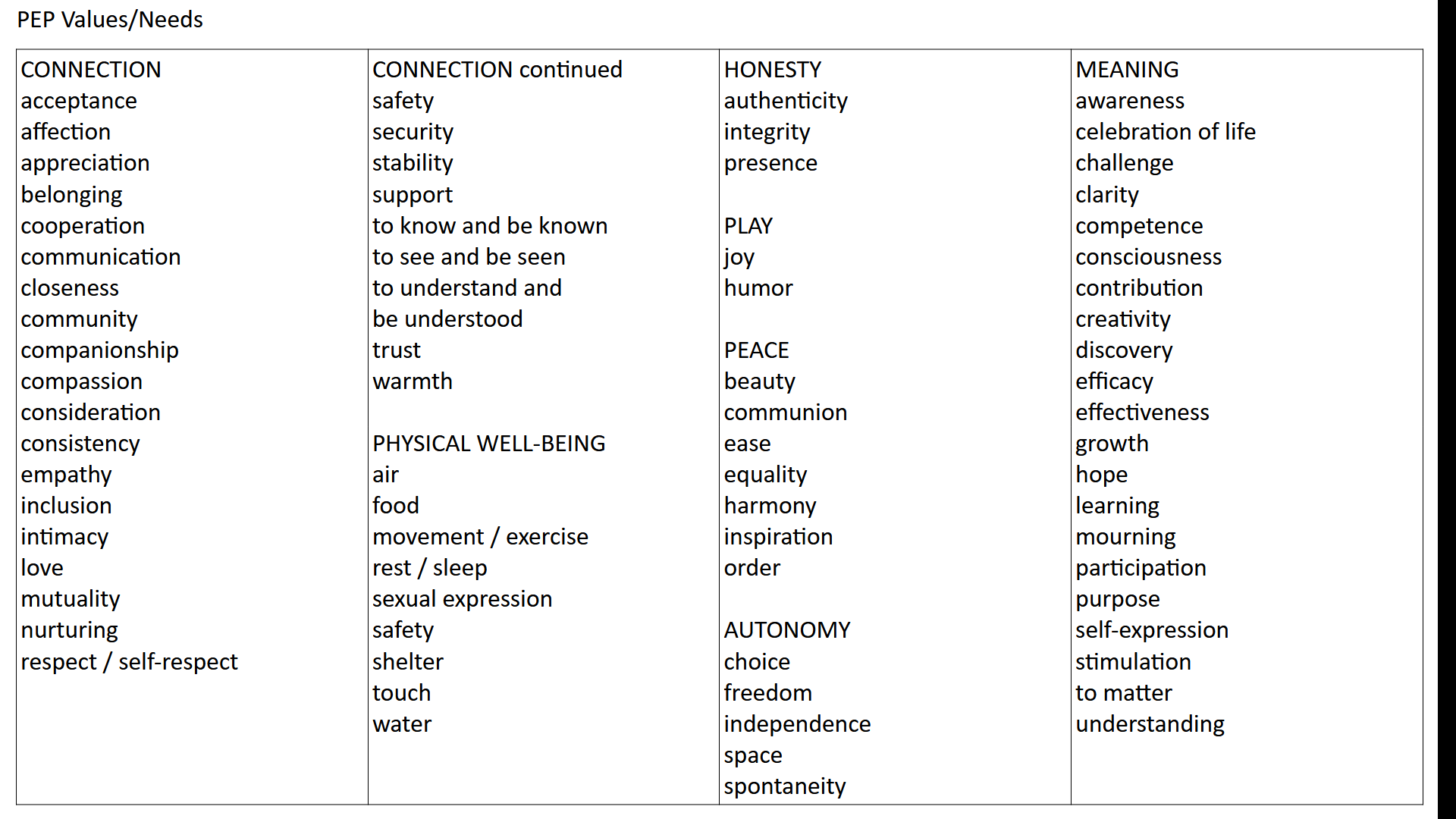6 minute video (see below) on Chapter 20 – Leadership from the A Practical EmPath: Rewire Your Mind book by Scott Howard Swain. Direct YouTube link: https://youtu.be/Tby5SJtTmYg
17 minute 2-person talk on Chapter 20 – Leadership from the A Practical EmPath: Rewire Your Mind book by Scott Howard Swain. https://clearsay.net/wp-content/uploads/2025/08/ch20_Empathetic_Leadership.mp3
video created with the help of AI tools
Summary
Core Principles of Leadership Through PEP
from Chapter 20 – Leadership from Scott Howard Swain’s “A Practical EmPath: Rewire Your Mind”
1. Communication as the Language of Leadership
As James Humes states, “The art of communication is the language of leadership.” Effective leadership is inextricably linked to clear, authentic, and empathetic communication. PEP underpins this by focusing on understanding and connection.
Key Takeaways:
Being & Sounding Natural: Leaders should communicate genuinely, speaking in a “dialect” that resonates with their team to foster clarity, acceptance, and adaptation. This natural communication builds confidence among those being led.
Empathy in Practice: PEP involves three core components:
Observation without evaluation: Focusing on “mostly their words,” while allowing subconscious processing of body language.
Feeling: Recognizing one’s own feelings and guessing those of others.
Values/Needs/Motives/Wants: Guessing at one’s own and others’ underlying values and needs (which are synonymous in PEP).
Avoiding “Making” Feelings: A crucial rule of PEP is to avoid implying that one person “makes” another feel something. Instead, the language used should reflect that feelings are a person’s choice in how they process what was said (e.g., “When you heard that, did you feel…?” instead of “When you said that thing, it made me feel…”).
2. Emotional Intelligence and Stability
A leader’s ability to manage their own emotions and respond calmly to adversity is paramount for tactical decision-making and inspiring trust.
Key Takeaways:
From Anger to Peace: Maintaining composure and rationality during challenges leads to more effective decisions and instills confidence. A peaceful demeanor can “wear off” on others, promoting a “trickle down” effect of calm and rational problem-solving.
Proactive vs. Reactive: A proactive approach sets a positive example, helping to build and maintain mutually beneficial relationships and even previously impossible partnerships.
3. Intuition and Trust in Decision-Making
Effective leadership relies on discerning accurate information and establishing trust.
Key Takeaways:
Intuition: Truth Detection & More: Decision-makers depend on reliable information. Trust is built through experience, observation, logic, and a finely tuned sense of intuition, allowing leaders to navigate the space between “blind trust and skeptical doubt.” The adage, “Listen to your gut,” holds merit.
4. Empathy in Conflict and Disagreement
PEP emphasizes the importance of empathy, even towards “enemies” or those with opposing viewpoints.
Key Takeaways:
Politics & Why Empathize with an Enemy?: Embracing acceptance and an empathetic approach, even towards differing strategies, enhances a leader’s ability to handle diverse personalities and situations. This attitude of “equanimity in the face of adversity” builds trust and confidence by demonstrating stability and a calm demeanor.
Acceptance is Not Agreement: It’s crucial to remember that “acceptance is not necessarily agreement.” Empathy allows for understanding without necessarily endorsing the other’s strategy.
5. Debate and Negotiation as Leadership Tools
Leaders frequently need to justify decisions and persuade others. PEP provides a framework for more effective and constructive engagement in debates.
Key Takeaways:
Debate & Negotiate More Effectively: Leaders skilled in debate and negotiation possess a powerful “weapon” for advocating for their decisions and inspiring participation in ventures, moving beyond a “because I said so” approach.
Components of PEP in Debate: Understanding an Opposing Viewpoint: Empathizing with the other side’s values/needs and experiences helps anticipate arguments and make one’s own arguments more persuasive. This also builds rapport by demonstrating openness, curiosity, and respect.
Addressing Feelings: Recognizing and acknowledging the emotions (which may stem from the actual debate or be foundational to the opponent’s perspective) creates a more productive environment and serves as a springboard to identify underlying values/needs.
Values/Needs: Understanding an opponent’s values/needs allows debaters to show respect for those values, leading to more constructive and collaborative conversations. Framing arguments in a way that speaks to these values/needs can create common ground and build bridges (e.g., arguing for a market-based healthcare approach as aligning with individual freedom and affordability, even if the other side advocates for government intervention). This avoids misunderstandings and straw-man arguments.
Finding Common Ground: Identifying shared values and needs allows debaters to find areas of agreement. Acknowledging valid points from the opposing side builds trust and respect, strengthening one’s own position by demonstrating reasonableness and openness to compromise. As the text states, “It seems that we share a value for human flourishing and are merely supporting different strategies for increasing flourishing. How does that sound to you?”
Steel-Man Like a Superman: This approach aligns with PEP by emphasizing genuine understanding and empathy, even in disagreement. It involves attentively listening to the “deeper needs and values that the other person’s arguments are intended to address,” going beyond surface-level content. This “humanizes opponents,” transforming confrontations into opportunities for collaboration, learning, and connection by focusing on shared human values/needs.
No-no’s & Tips: Avoid saying “You are wrong!” or “That is wrong!” Do not counter arguments before empathizing. Use statistics judiciously, acknowledging their potential for manipulation. Be mindful of the balance between quoting sources and using personal knowledge.
6. Leadership in Business Environments
Leadership extends across various domains, often with significant responsibility.
Key Takeaways:
Business Environment: Business leaders are responsible for communication, diplomacy, planning, decision-making, delegating, and risk-taking. They shoulder the responsibility for the survival and growth of the venture, as well as the “livelihood of those who work with and for him.”
Applying PEP in Leadership Scenarios (Conversations)
These conversations illustrate the practical application of PEP in both a leader seeking empathy about their own leadership challenges and a leader applying empathy to team members.
Leaders Seeking Empathy (Getting Empathy about Leadership):
Bob (Project Direction): Jane’s empathetic questioning (“Are you feeling overwhelmed because you want unity and direction in your team?” “Are you wanting more clear and decisive action from them?” “Do you wish they had more courage?”) helps Bob articulate his frustration and realize his desire for team growth, leading to a new approach.
Ted (Low Morale): Sue’s inquiries (“Sounds like you’re concerned because you value a positive and productive work environment?” “Are you feeling some regret about choices you have made in the past?”) help Ted release past burdens and gain clarity for new ideas.
Alice (Decision-Making Consensus): Mark’s questions (“Is it tough trying to balance different preferences and desires?” “Do you hold yourself responsible to make sure every one of them agrees with your decisions?”) lead Alice to question her assumption of needing “full consensus” and spark an idea for an inclusive meeting.
Gary (Trusting Deadlines): Elaine’s empathetic listening (“Are you worried how that can affect the overall project?” “Are you wanting more reliability from them?” “Looking to have some peace?”) helps Gary identify his stress and realize the need for clearer expectation setting.
Leaders Applying Empathy (Using Empathy as a Leader):
Emily (New Software Struggle): David’s empathetic approach (“Are you feeling overwhelmed with the changes?” “Is it annoying when something that used to be so familiar and easy suddenly changes?”) leads him to offer specific support (training) to address Emily’s feeling of incompetence and desire for confidence.
Josh (Feeling Underappreciated): Anna’s empathetic response (“You’re wanting recognition for your work and dedication?”) directly addresses Josh’s need, leading to a plan for acknowledging his contributions.
Laura (Ideas Not Taken Seriously): Michael’s empathetic phrasing (“Feeling discouraged because you want your contributions to be heard and valued?” “Would you say your value for contribution is not being met?”) helps Laura articulate her core need to “make what I do here to matter,” prompting Michael to collaborate on solutions.
Brian (Workload/Burnout): Sandra’s questions (“Are you wanting a way to maintain your balance and well-being?” “Is support something you want more of?”) help Brian acknowledge his burnout and realize potential changes for efficiency.
Kevin (Team Tension): Zoe’s empathetic inquiry (“Are you feeling stressed because you value a harmonious working environment?” “Oh is it frustrating when this happens because you value competence?” “More like autonomy.”) helps Kevin pinpoint his core need for autonomy and space, leading to an idea for how to address the tension.
Conclusion
Chapter 20 demonstrates that leadership is fundamentally about effective communication and understanding. By integrating Practical Empathy Practice, leaders can cultivate stronger relationships, make more informed decisions, navigate conflicts constructively, and inspire trust and confidence within their teams. The emphasis on understanding underlying values and needs, even in disagreement, transforms potential adversarial situations into opportunities for collaboration and growth.
The full values / needs list:









Recent Comments